Boost Your Email Open Rates: A Comprehensive Guide
Email marketing remains a powerhouse in the digital marketing world, but its effectiveness hinges on one crucial metric: email open rates. Whether you’re a seasoned marketer or just starting out, understanding how to boost your email open rates can significantly impact your campaign’s success. In this comprehensive guide, we’ll delve into the strategies and tactics you can employ to optimize your email open rates and maximize engagement with your audience.
I. Understanding the Importance of Email Open Rates
A. What Are Email Open Rates?
Email open rates measure the percentage of recipients who open an email campaign. It’s a critical metric that indicates the effectiveness of your subject lines, sender reputation, and overall email marketing strategy.
B. Why Are Email Open Rates Important?
High email open rates lead to increased engagement, click-through rates, and ultimately, conversions. They are a direct reflection of how well your emails resonate with your audience and can influence your brand’s reputation and deliverability.
C. Factors Affecting Email Open Rates
Various factors influence email open rates, including subject lines, sender name, email content, timing, and frequency. Understanding these factors is essential for crafting successful email campaigns.
II. Crafting Attention-Grabbing Subject Lines
A. Keep It Short and Sweet
Short, concise subject lines tend to perform better as they capture attention quickly and are easier to read, especially on mobile devices.
B. Personalization Is Key
Personalized subject lines, tailored to each recipient’s preferences or past interactions, can significantly increase open rates by creating a sense of relevance and importance.
C. A/B Testing for Optimal Results
Experiment with different subject lines through A/B testing to identify which ones resonate best with your audience. Continuously refine your approach based on data-driven insights.
III. Enhancing Email Content for Higher Engagement
A. Providing Value to Your Readers
Deliver valuable and relevant content that meets the needs and interests of your subscribers. Whether it’s educational, entertaining, or promotional, prioritize content that adds value to their inbox.
B. Using Clear CTAs
Include clear and compelling calls-to-action (CTAs) that prompt recipients to take the desired action, whether it’s clicking through to your website, making a purchase, or engaging with your brand on social media.
C. Segmentation for Targeted Messaging
Segment your email list based on demographics, behavior, or preferences to deliver more personalized and targeted messages. Tailoring content to specific segments can significantly improve engagement and open rates.
IV. Optimizing Email Sending Times and Frequency
A. Finding the Best Time to Send Emails
Test different sending times to determine when your audience is most active and responsive. Consider time zones and behavioral patterns to maximize engagement.
B. Avoiding Email Overload
Respect your subscribers’ inboxes by avoiding excessive email frequency, which can lead to fatigue and increased unsubscribe rates. Strike a balance between staying top-of-mind and overwhelming your audience.
C. Automating Email Scheduling
Utilize email automation tools to schedule campaigns in advance and ensure timely delivery without manual intervention. Automation streamlines the process and allows for better control over sending times.
V. Analyzing and Improving Email Performance
A. Monitoring Email Open Rates
Regularly monitor your email open rates and other key metrics to gauge the effectiveness of your campaigns. Identify trends, patterns, and areas for improvement based on performance data.
B. Using Data to Make Informed Decisions
Harness the power of data analytics to make informed decisions and optimize your email marketing strategy. Pay attention to audience insights, engagement metrics, and conversion rates to refine your approach.
C. Implementing Feedback for Continuous Improvement
Solicit feedback from subscribers through surveys, polls, or direct communication channels to understand their preferences and pain points. Use this feedback to tailor future campaigns and improve overall engagement.
By implementing these strategies and continuously refining your approach, you can boost your email open rates, enhance audience engagement, and drive meaningful results for your business. Remember, successful email marketing is a journey of continuous optimization and adaptation to meet the evolving needs of your audience.

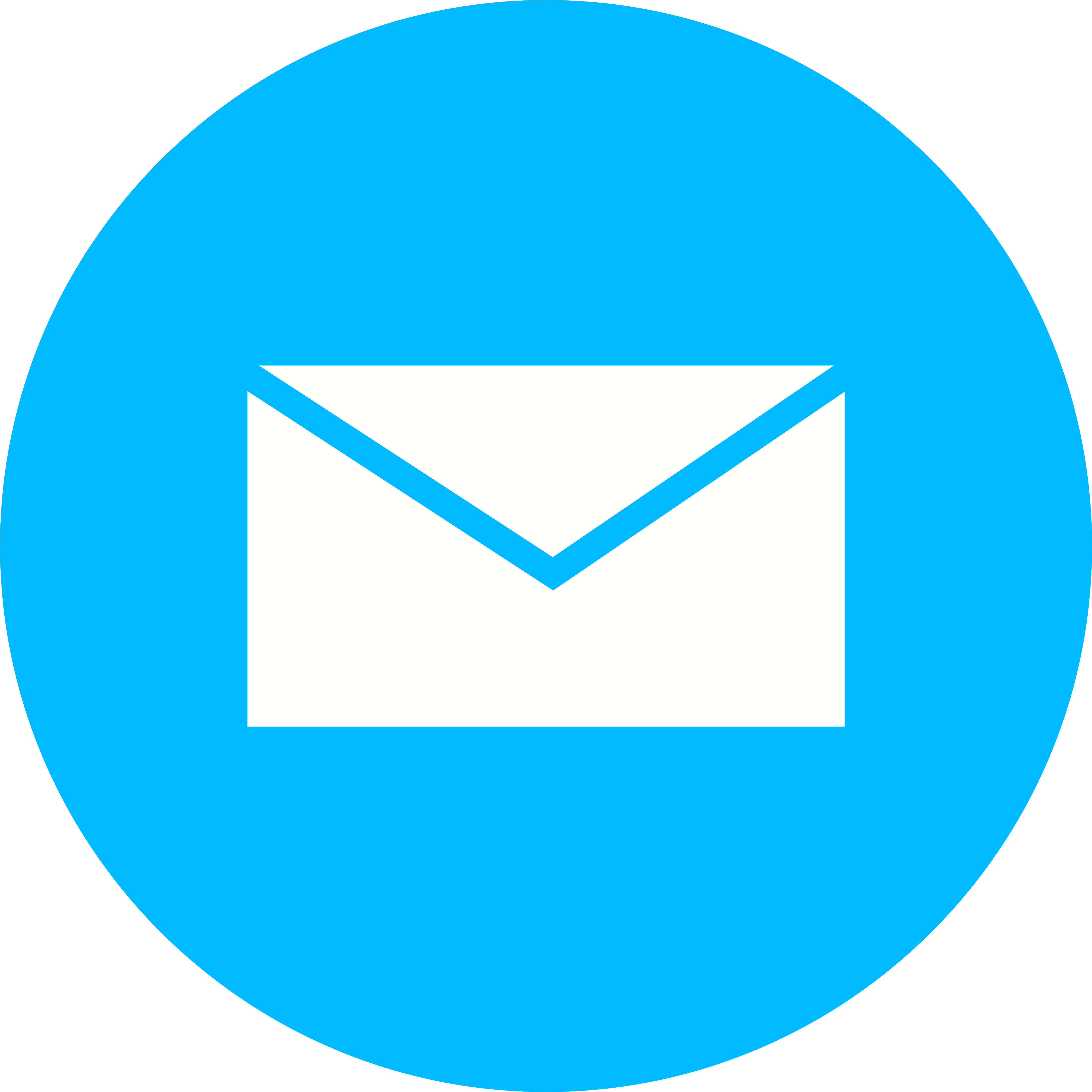

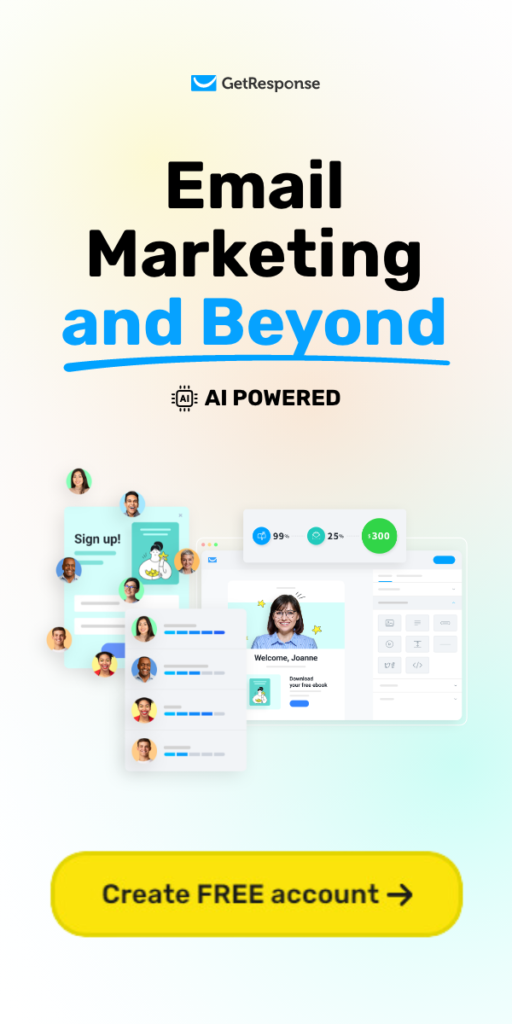
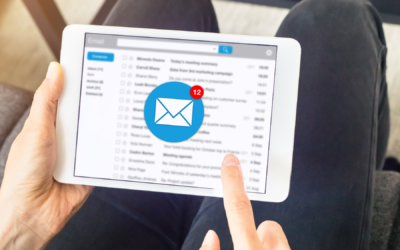
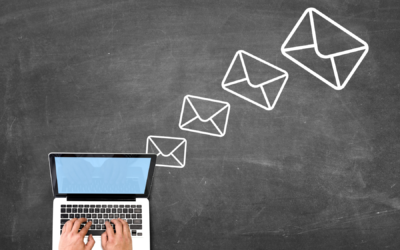
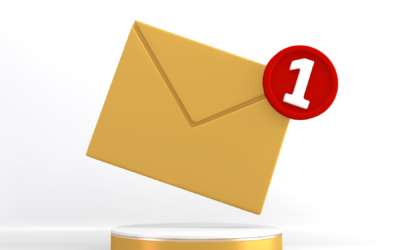



0 Comments